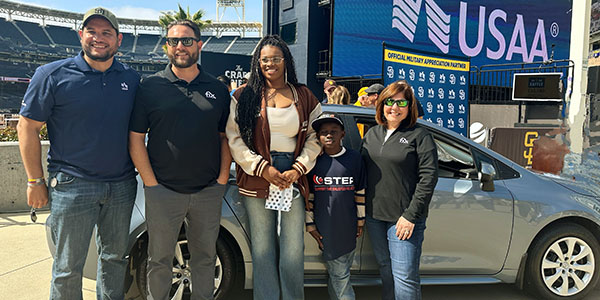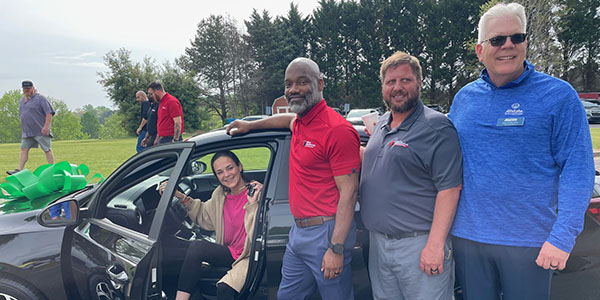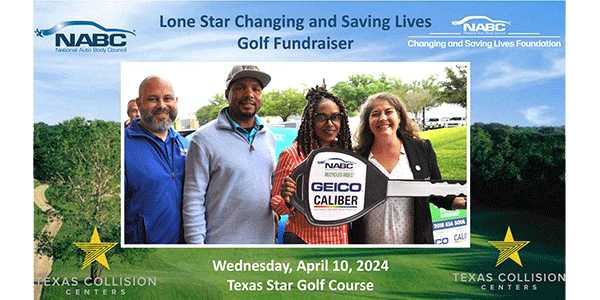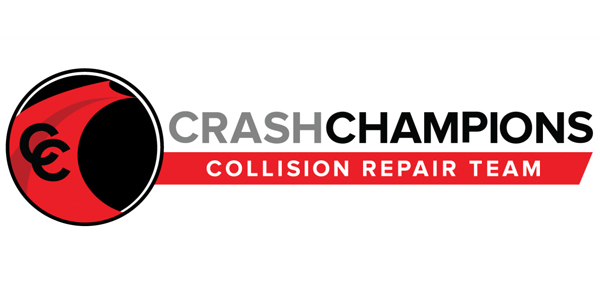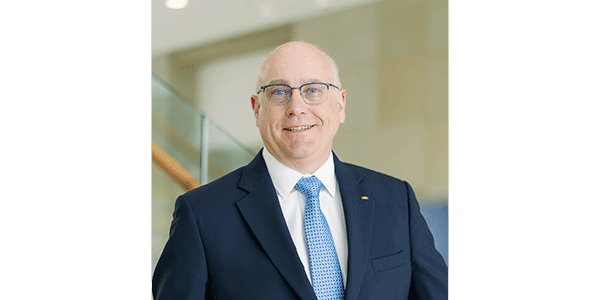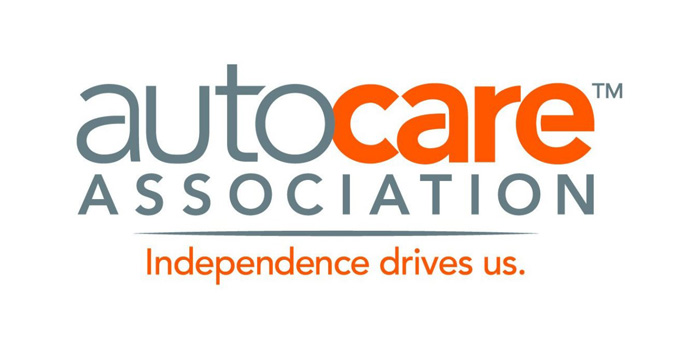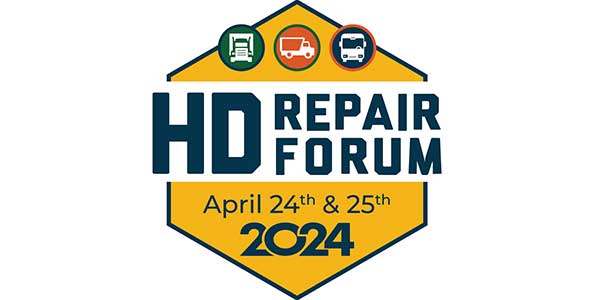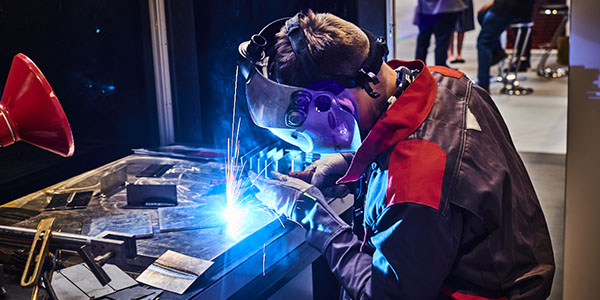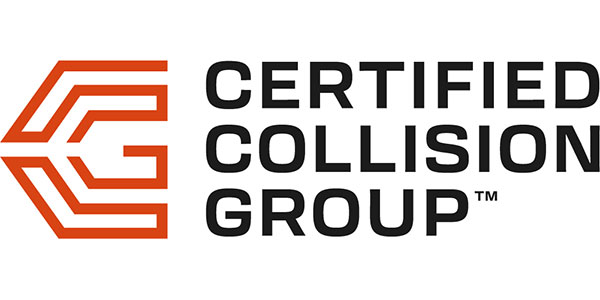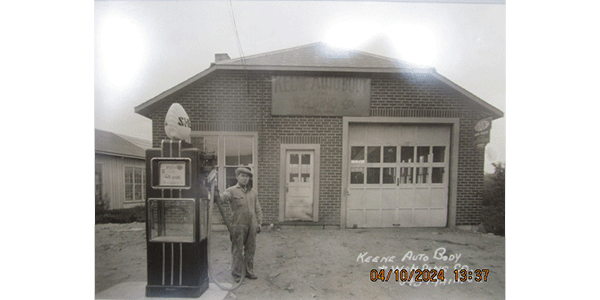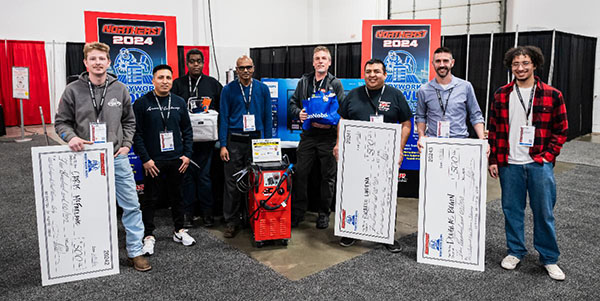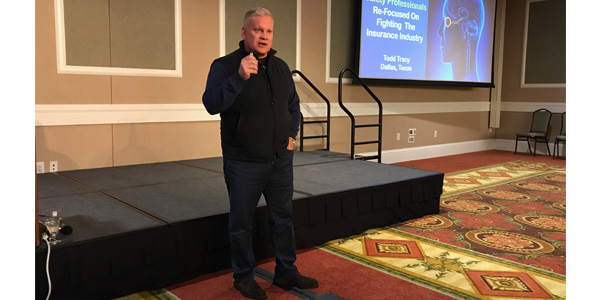
When Dallas attorney Todd Tracy filed a lawsuit against Honda on behalf of Matthew and Marcia Seebachan, he said to himself, “This is the greatest manufacturing-defect case I’ve ever seen.”
Tracy knows a good product-liability case when he sees one. According to Tracy, who gave a rousing Feb. 17 keynote at the Midwest Auto Body Trade Show in Altoona, Iowa, his firm has handled 2,700 defect lawsuits against the automakers, shepherding 154 of them to trial and recovering $1.4 billion in damages. His website boldly proclaims: “You can sue car companies for safety failures that cause serious injuries or death.”
But despite his initial assessment, something wasn’t adding up.
Tracy paced the floor as he explained how he put on his “Sherlock Holmes hat” to deduce that there was no case against Honda, setting the stage for the lawsuit and $42 million verdict against John Eagle Collision Center.
Tracy said he assessed the Seebachans’ collision-damaged 2010 Honda Fit in the context of vehicle crashworthiness, which is “the science of preventing or minimizing serious injuries or death following an accident through the use of safety systems.” He explained that there are five elements of crashworthiness:
- Maintaining the occupants’ survival space
- Managing and distributing the collision forces away from the survival space
- Providing proper restraint throughout the accident
- Preventing ejection
- Preventing fires
Tracy’s first clue that he was taking the wrong tack came when he placed a life-size Honda weld map over the vehicle roof. Honda’s repair manual calls for 108 welds when replacing the roof on a 2010 Honda Fit; he found none.
“Not a single one,” Tracy added. “So I said, ‘I know for a fact that it can’t be a manufacturing defect,’ because if it’s a manufacturing defect, there may be 105 welds instead of 108, or there may be an edge weld or a cold weld here and there, but 108 missing – I don’t think so.”
Still, the vehicle’s CARFAX report “didn’t say a word about the roof being replaced,” according to Tracy. So Tracy’s law firm tracked down the vehicle’s original owner, who revealed that he’d taken the car to John Eagle Collision Center to replace the roof after a 2012 hailstorm.
The rest, you might say, is history.
On Oct. 2, 2017, a jury in the 192nd Civil District Court of Dallas County awarded $41.966 million in damages to the Seebachans, ordering John Eagle Collision Center to pay 75 percent of that amount, or nearly $31.5 million.
The trial revealed that John Eagle deliberately deviated from Honda’s 2009-2013 Honda Fit Body Repair Manual when the shop glued the new steel roof onto the hail-damaged vehicle with 3M 8115 adhesive.
‘Reptile Theory’
Tracy built his case by establishing rules and showing how John Eagle Collision Center violated them. In a deposition, the body shop director agreed that an OEM-certified shop is required to follow the OEM’s repair specifications, and if it doesn’t, the shop is responsible for the damages incurred in a subsequent collision. The shop director also acknowledged that the Honda repair manual is John Eagle’s “bible.”
Perhaps the most damning part of the deposition, though, was the shop director’s statement that insurance companies can trump OEM repair specifications by not paying the bill.
“Folks, let me tell you, if you ever get deposed, don’t ever say this,” Tracy told attendees at the Midwest Auto Body Trade Show. “Even if you believe it, don’t say it. Because this puts safety way below profits, and profits should never take precedence over safety.”
The 10-2 jury verdict was the culmination of a weeklong trial. Tracy’s strategy was to present the lawsuit as a crashworthiness case, focusing on the vehicle’s safety cage – “because jurors love the idea of putting their family in a safety cage.”
The “reptile theory” also came into play.
“The reptile theory goes like this: Jurors want to protect themselves, their family, their loved ones and the community at large,” Tracy explained. “So when you make [the case] about people other than your clients, you’re in good shape.”
With that in mind, Tracy talked about Honda’s crashworthiness engineering, noting that its vehicles are designed to distribute collision forces away from the occupant space. Certain parts of the vehicle serve as a firewall for the safety cage, he explained, so they’re designed to crush or bend in a collision.
John Eagle’s faulty repair of the Seebachans’ Honda Fit compromised the crashworthiness engineering of the vehicle, Tracy argued.
“There are consequences to faulty repairs,” he said. “Faulty repairs equal the fuel tank punctured in our accident, because the frame rail crushed back so far it took the fuel tank out.”
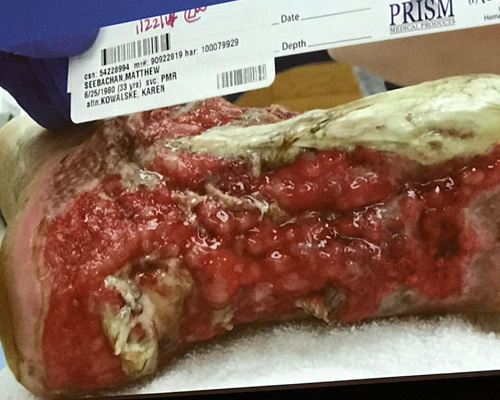
During the Seebachans’ December 2013 collision with a Toyota Tundra, Matthew Seebachan suffered fourth-degree burns that kept him in the hospital for two years. His doctor – who had just published a paper on 29 years of burn-victim research – testified that Seebachan is living with pain that’s comparable to childbirth, according to Tracy.
“Childbirth is an 8 out of 10 on the pain scale, and that’s with an epidural,” Tracy said. “He lives in 9 [on the pain scale] – 24 hours a day – and he will for the rest of his life. That’s why the jury gave $42 million.”
As if the Seebachans’ gruesome injuries – and the body shop director’s damning testimony – weren’t enough, the defense team made a number of harebrained arguments that sabotaged John Eagle’s case, Tracy noted.
Among them, the defense asserted that I-CAR’s requirement to follow OEM repair specifications merely is a recommendation; that replacing a roof with adhesive is more expensive than welding it; and that Tracy had underestimated the collision’s delta velocity, or delta-V, which is a measurement of the severity of a traffic accident.
“We proved that the defense’s delta velocity would have paralyzed the driver of the Toyota,” Tracy said. “Yet he was uninjured, just like his 13-month-old son sitting closest to the impact. … The driver [of the Toyota] didn’t even have a bruise.”

